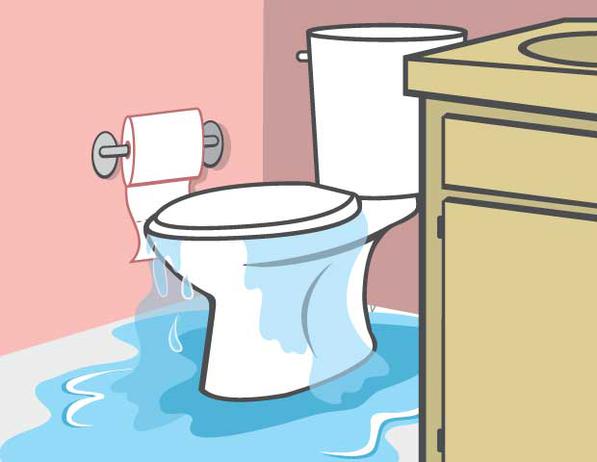Winterizing your home properly can cut costly heating bills and prevent situations that can lead to difficult and expensive emergency repairs. High winds, freezing temperatures, icy rain and heavy snow can wreck havoc on your home. With a few inexpensive tools and one or two dedicated weekends, you can get your home ready for the harsh winter months.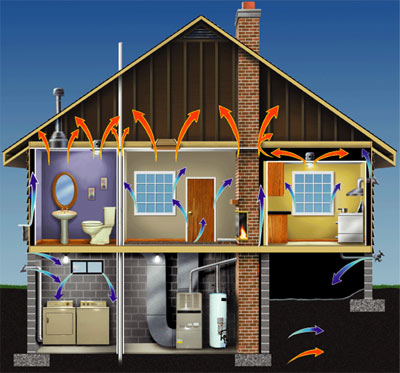
Seal Air Leaks
Inspect exterior doors and windows for drafts and install weather-stripping and caulking where you detect cold air leaks. Keep the fireplace damper closed when not in use and replace the damper door if it is deteriorating. Seal air leaks around other exterior openings including dryer vents, pipes and electrical wiring.
Trim Vulnerable Tree Branches
Tree branches located near your home and power lines can break and fall in high winds, especially when they’re weighed down by heavy snow or ice. By trimming tree branches that are growing too close to your house or electric lines, you can prevent damage to your home or downed power lines. To make this task easier and safer, we recommend using a manual “pole saw†(a serrated saw on an extension pole) that lets you trim trees from the ground level.
Winterize the Outdoor Water System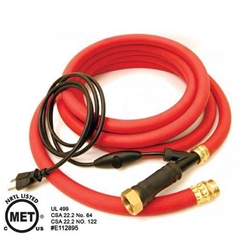
To prevent frozen pipes that can crack and burst, it’s critical to prepare both the exterior and interior water system for winter’s plummeting temperatures. Outside, start by turning off all outdoor water faucets using the shut-off valves in the basement. Be sure to leave faucet handles open to prevent freezing and cracking. If you have an outdoor sprinkler system, turn off the water at the source and drain.  Next, disconnect, drain and store garden hoses in the garage or shed.
If you know that you’ll be needing the hose during the winter months for pets or for filling an outdoor hot tub or pond, you can get a thermostatically-controlled rubber hose that you plug in for 20 minutes before using.  It will give you ice-free outdoor water all winter long.
Â
…and the Indoor Water System
Inside the house, wrap all pipes in unheated areas of the home including the attic, basement, crawlspace and garage with insulated tape or flexible molded pipe sleeves.
Check that your sump pump is working properly and is not blocked. To receive alerts that the sump pump has malfunctioned, consider installing a sump alarm. A “local†sump alarm will sound a loud alarm alert that you’ll hear from inside the house. You can also get a cellular pump alarm that sends text message alerts to your cell phone so you’ll receive the warning even when you’re away.
Either of these pump alarms can also be used as a water alarm to detect unwanted water near other appliances, like under a leaky hot water heater or on the basement floor. To be alerted of a water problem on your computer, smart phone or tablet via text or email, use a water alarm that communicates via the Internet.
Remove Leaves from Gutters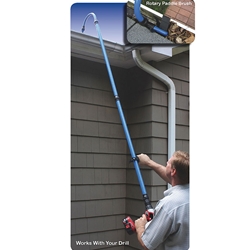
Cleaning fallen leaves from your home’s gutters is important to prevent ice dams from forming and to allow melting snow to drain away from the house (and not into your basement). Once your trees have finished dropping their leaves, equip yourself with a do-it-yourself gutter cleaning tool kit so you can remove leaves and debris from your gutters and rinse them clean without having to get up on a ladder.
Inspect and Clean the Furnace and Chimney
 Make sure your heating system and fireplace or wood stove are ready for the cold winter months. Bring in a professional to inspect your furnace to ensure that it is working properly and the filters cleaned or replaced.
If you have a fireplace or wood/pellet stove, make sure the chimney and flue are clean to prevent chimney fires and improve efficiency. Â With a do-it-yourself chimney cleaning system, you can clean your own chimney from inside the house using a power drill and the special tools that come in the kit.
Detect Problems Before They Become Bigger Problems
Spending a couple of weekends to winterize your home will make it more energy-efficient and minimize storm-related risks. However, power outages and furnace failures can still occur despite your preparations, resulting in a dangerous drop in temperature inside your home.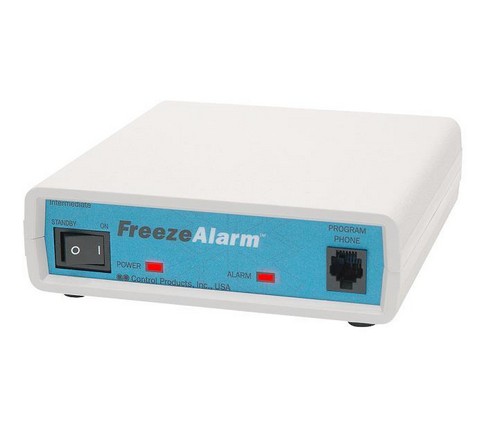
If you plan to travel extensively this winter or even if you’ll be away for just a few days at a time, look into getting a device called a  “freeze alarm†to monitor conditions inside your home and give you advance notice of falling temperatures and power outages. There are a range of freeze alarms to choose from, many of which can also be used to monitor things like water or motion.
Finally, if you want to stay on top of the latest storm system coming your way, your best bet is a weather alert radio that picks up NOAA emergency broadcast signals so you’ll get up-to-the-minute information on severe weather developments and other emergencies.


